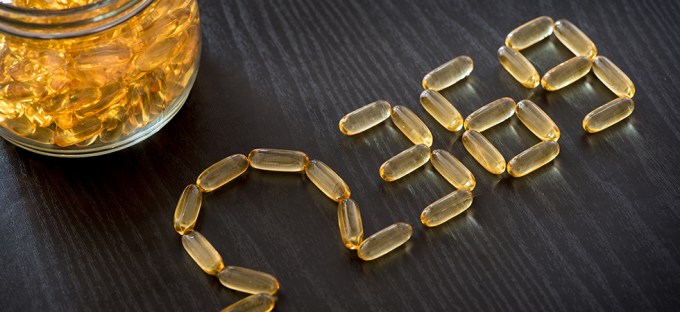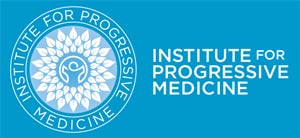
Dietary References Intakes for Energy, Carbohydrate. Fiber, Fat, Fatty Acids, Cholesterol, Protein, and Amino Acids (2002/2005).
Essential Fatty Acids. Available at: http://www.pcrm.org/health/health-topics/essential-fatty-acids. Accessed July 5, 2018.
Oregon State University. The Linus Pauling Institute: Micronutrient Information Center. Essential Fatty Acids. http://lpi.oregonstate.edu/mic/other-nutrients/essential-fatty-acids. Accessed July 5, 2018.
EPA (Eicosapentaenoic Acid). https://www.webmd.com/vitamins/ai/ingredientmono-994/epa-eicosapentaenoic-acid. Accessed July 5, 2018.
Richter CK et al. Total long-chain n-3 fatty acid intake and food sources in the United States compared to recommended intakes: NHANES 2003-2008. 2017;52(11):917-927.
Harris W et al. Omega-6 fatty acids and risk for cardiovascular disease: a science advisory from the American Heart Association Nutrition Subcommittee of the Council on Nutrition, Physical Activity, and Metabolism; Council on Cardiovascular Nursing; and Council on Epidemiology and Prevention. Circulation. 2009;119;902-917.
Cooli J. Omega-9 Benefits: Are You Getting Enough? https://universityhealthnews.com/daily/nutrition/omega-9-benefits-are-you-getting-enough. Accessed July 10, 2018.
Finucane O et al. Monounsaturated fatty acid–enriched high-fat diets impede adipose NLRP3 inflammasome–mediated IL-1β secretion and insulin resistance despite obesity. 2015;64(6):2116-2128.
